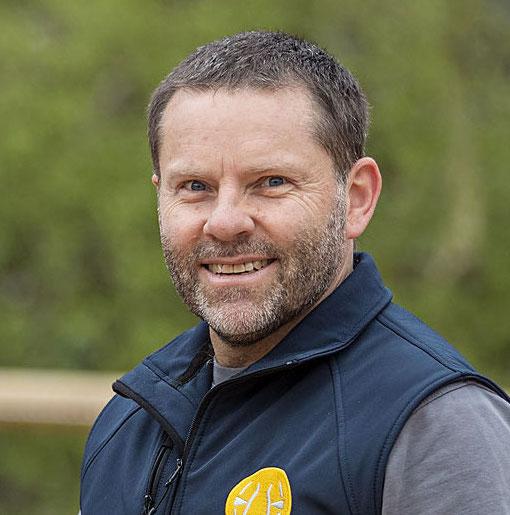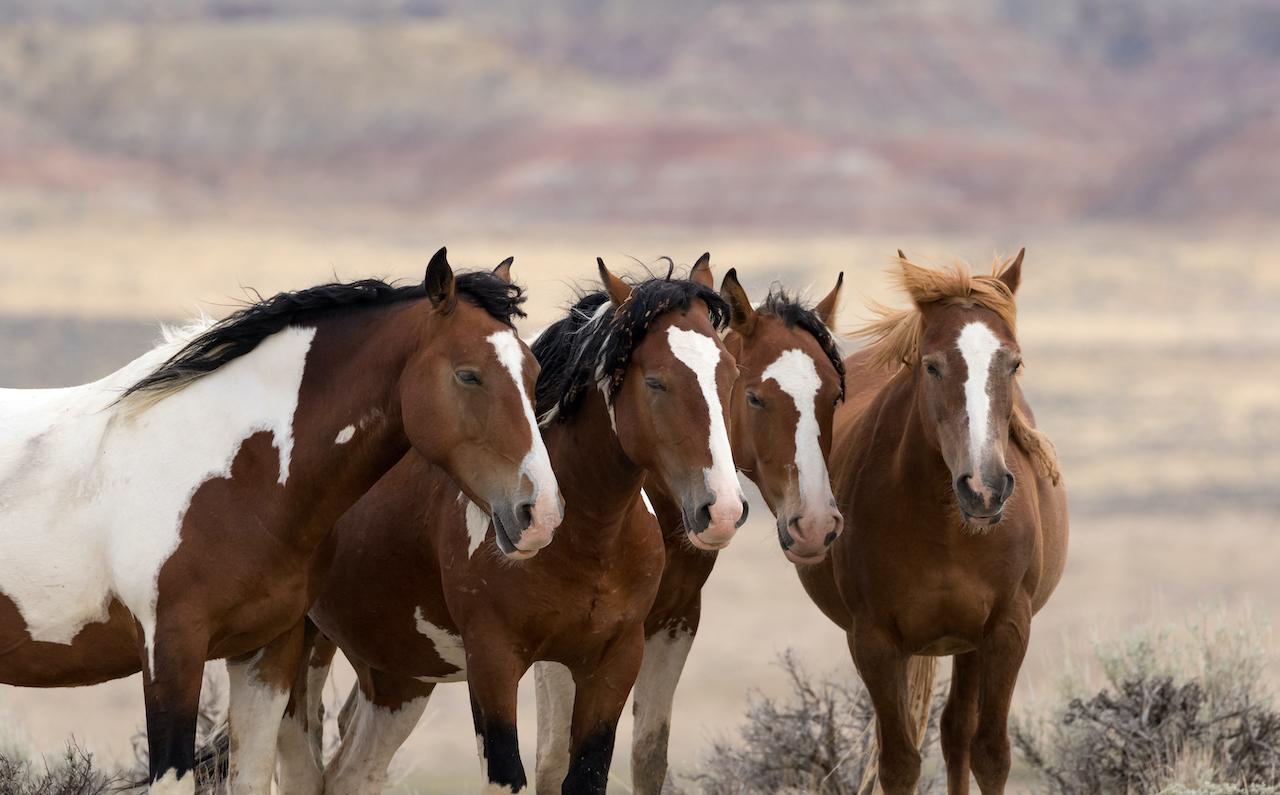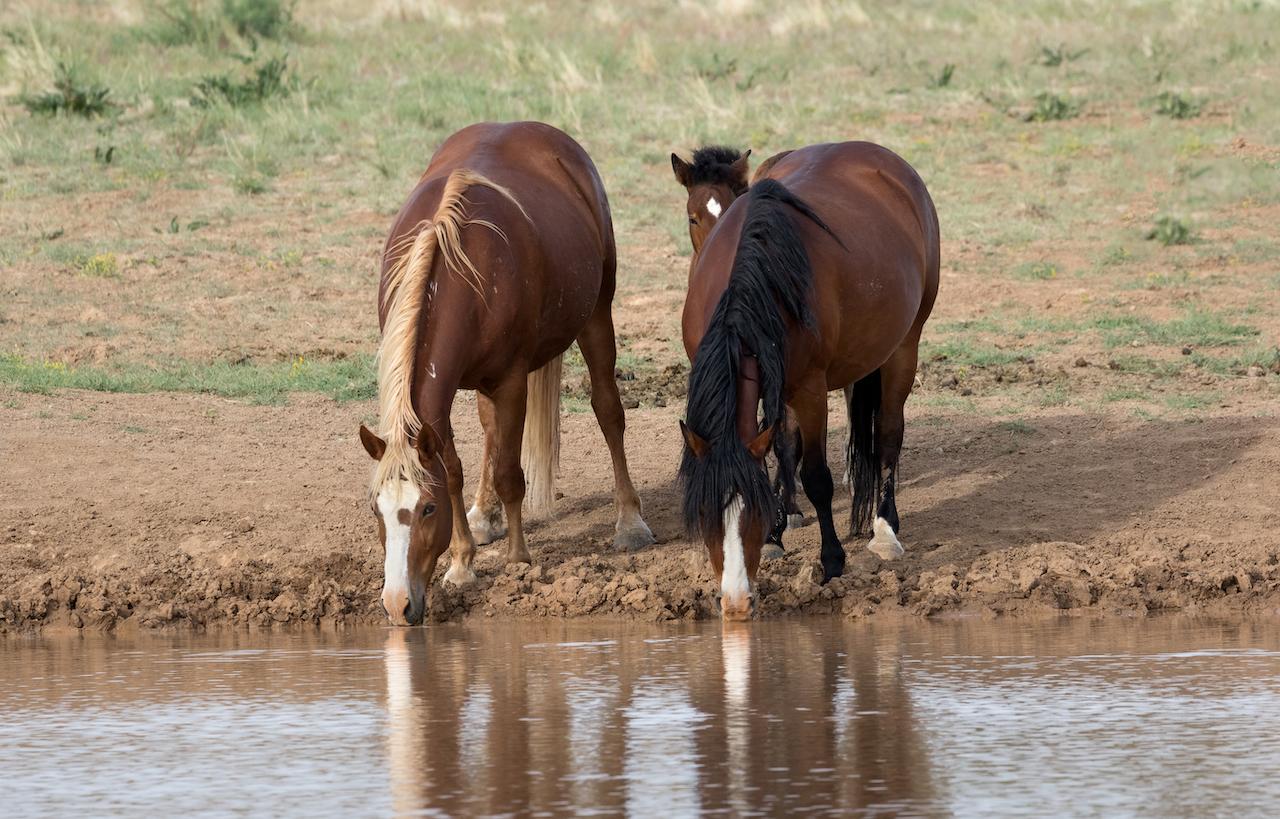19 September, 2023
In my opinion, in the constant pursuit of absolute quality in the art of horseshoeing, the correct trimming of the hoof has been neglected.
A few days ago, a farrier called me and explained that he had attended numerous courses with renowned farriers in Europe, and his statement was: 'I can't find the answer I'm looking for, and the horses are getting worse.' He also told me that he has the impression that shoeing has become so complicated that horses make no progress but, on the contrary, get worse at the end of the cycle.
The 'vicious circle' with orthopedic horseshoes
I have the impression that orthopedic horseshoes are currently being misused to make them complex and eye-catching. This leads to a vicious circle that is very difficult to break out of. I understand that many horses need them because they already have irreversible damage, but I insist that the number of adult horses with pathologies requiring orthopedic horseshoes would decrease significantly if all professionals paid more attention to hoof trimming from the beginning.
I've been shoeing long enough to know when a hoof is correctly trimmed and when the shoeing has been done well and placed properly. Today, social media is filled with hooves showing visible pressure points and imbalances but shod with perfectly crafted shoes that look as if they were painted on. It's astonishing in a good way, but the reality is that after the picture is taken, the horses start suffering the consequences of poor shoeing.
The limits of orthopedic shoeing
For me, an outstanding farrier is nothing more than a professional who admirably masters the hammer and anvil. This doesn't necessarily make them a good farrier. I prefer the farrier who trims correctly and allows the horse to walk comfortably with a regular horseshoe. To me, that's the highest expression of wisdom and knowledge about the hoof. Orthopedic shoeing is a great help in many cases, but it's harmful when abused and used to conceal ignorance about how the hoof functions. Excessive use of orthopedic shoeing on poorly shod hooves is not progressive. It's applied until the horse is already lost.
A significant part of my current work involves rehabilitating hooves and horses from farriers who have reached the limits of orthopedic shoeing, meaning they've run out of means to help them. After regular trimming work without shoes, many horses walk normally again, but a significant number are lost because the internal structures of the hoof are so damaged that it's impossible to restore them. If farriers paid more attention to shoeing, the use of complex shoeing would be significantly reduced.
Ultimate goal: Hoof and horse health and recovery
For me, it's quite clear: the deficit in farriery is offset by expanding knowledge about horseshoes and their use. Today, the prevailing opinion in the industry is that the better blacksmith is also the better farrier. This image sells, but it doesn't help the horses.
Since I stopped shoeing, I've learned more about the horse's hoof. When I started trimming hooves without the aid of a horseshoe, I was forced to ensure that my trimming work was 100% correct; otherwise, the barefoot horse wouldn't walk. I learned to respect processes and that my goal is the health and recovery of the hoof and the horse.
The horseshoe and all the devices placed between the horseshoe and hoof allow the horse to walk in one way or another. When shoeing with the goal of getting the horse to walk, the hoof's recovery processes are not considered, and the goal of restoring its vital functions is lost; one only thinks about whether the horse can walk today, regardless of how much worse the hoof will get tomorrow. This type of farrier thinks, 'Tomorrow is another day, I'll come up with a solution next time...'
Note: If you see your horse has too much stuff on its hooves to walk, you should start asking questions.




